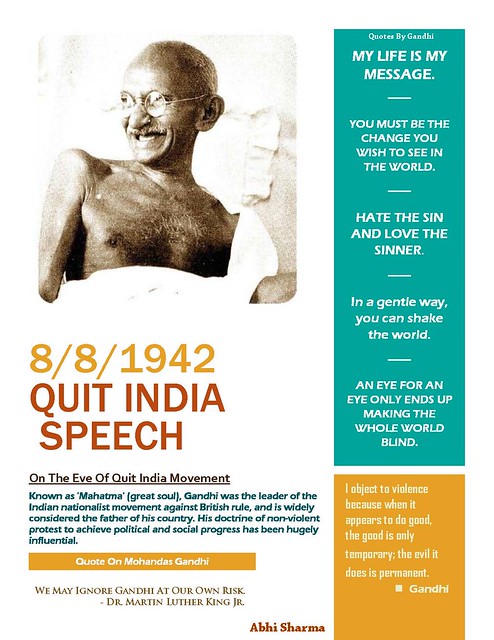Cold-chain has at its heart the concept of temperature control. This elicits many other requirements, some which are needed to counter the side effects of such thermal regulation. Yet, refrigeration is a primary need and this places a demand for energy, sometimes an inordinate amount, which is converted into the desired thermal change. Usually, the most common form of energy used is electrical, which in turn runs refrigeration equipment.
The highest energy load is from compressing a refrigerant, which is later expanded in the evaporator to affect the cooling experience. Electricity is available from our grid – thermal or hydel, from solar incidence, wind power, from fuel cells, fuel powered turbines and generators. This electricity can also be stored in rechargeable cells or batteries. Cold too can be stored!
The majority of energy expended goes into managing the refrigerant, expansion of which causes cooling. If a cold fluid can be accessed, without recourse to refrigeration, the entire energy load would drastically come down.
One cool energy source is geothermal water – underground water from deep wells are normally around 22°C to 24°C all through the year (temperature of groundwater is generally equal to the mean air temperature above the land surface. It usually stays within a narrow range year-round).
 An IMF report last week projects China to be the world’s largest economy, totting $17.6 trillion with the US of A coming second with $17.4 trillion. This should not be a surprise to many as at the start of the year, the World Bank also foretold this occurrence.
An IMF report last week projects China to be the world’s largest economy, totting $17.6 trillion with the US of A coming second with $17.4 trillion. This should not be a surprise to many as at the start of the year, the World Bank also foretold this occurrence. 

 >Our Prime Minister Modi spoke loud and clear at Madison Square today – he sought a mass movement called development, big efforts for small works, cleanliness is godliness, not to be shy of tough tasks, take challenges head-on, tardiness to go take a back seat!
>Our Prime Minister Modi spoke loud and clear at Madison Square today – he sought a mass movement called development, big efforts for small works, cleanliness is godliness, not to be shy of tough tasks, take challenges head-on, tardiness to go take a back seat! In school, we learnt that the greatest boost to human evolution occurred when our ancestors learnt to manage fire. Domesticating fire for the purpose of cooking is considered the supreme causal factor for hastening the evolutionary development of homo-sapiens. Today, no human group eats all of its food raw.
In school, we learnt that the greatest boost to human evolution occurred when our ancestors learnt to manage fire. Domesticating fire for the purpose of cooking is considered the supreme causal factor for hastening the evolutionary development of homo-sapiens. Today, no human group eats all of its food raw. .JPG)





